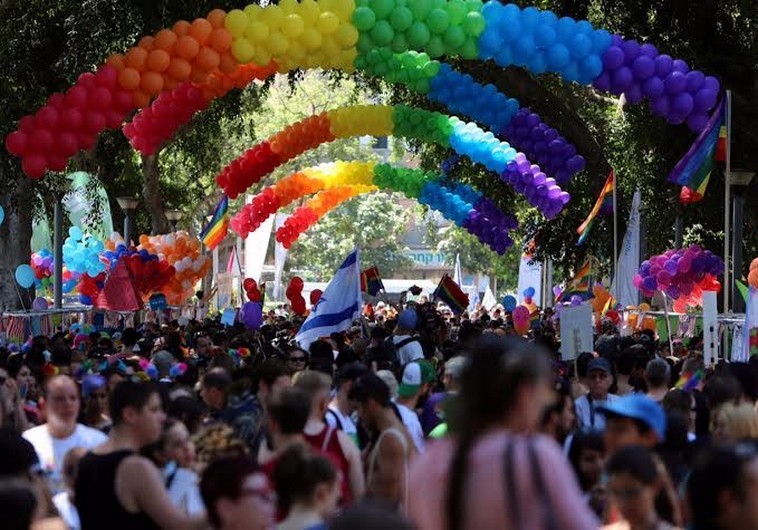Tel Aviv pride flourishes as LGBT community still seeks rights
Around 30,000 tourists arrived for last year’s parade and some 200,000 participated.
 The 17th annual Tel Aviv Pride Parade kicks off from Meir Park, June 12, 2015(photo credit: GUY YEHIELI)Updated:
The 17th annual Tel Aviv Pride Parade kicks off from Meir Park, June 12, 2015(photo credit: GUY YEHIELI)Updated: